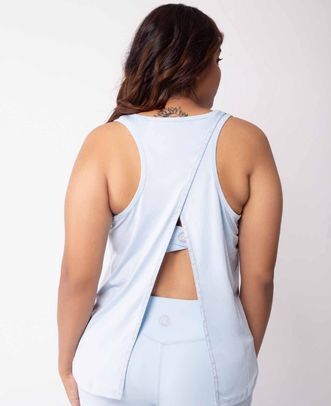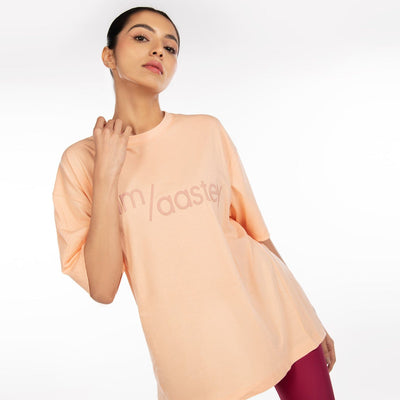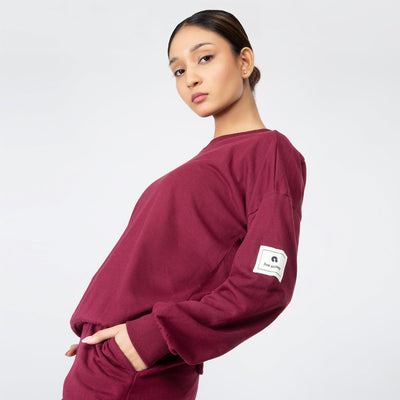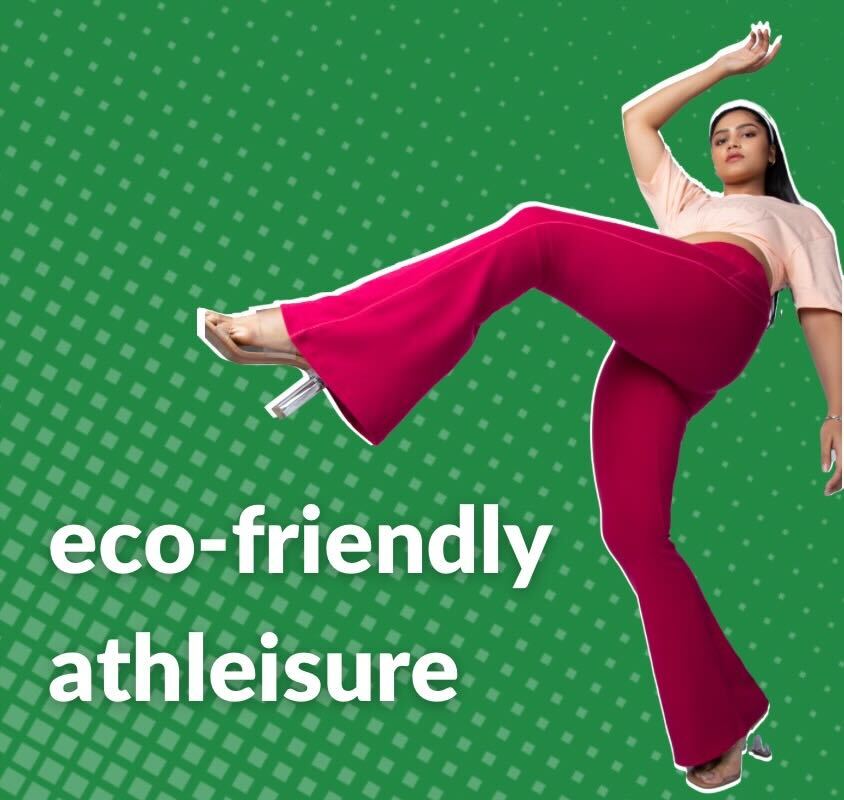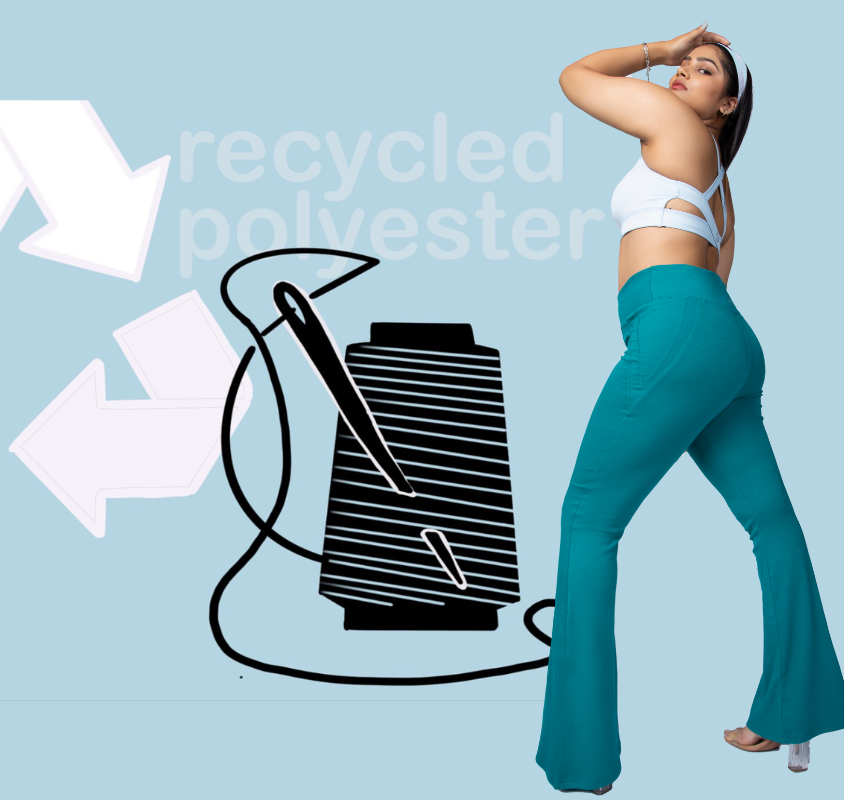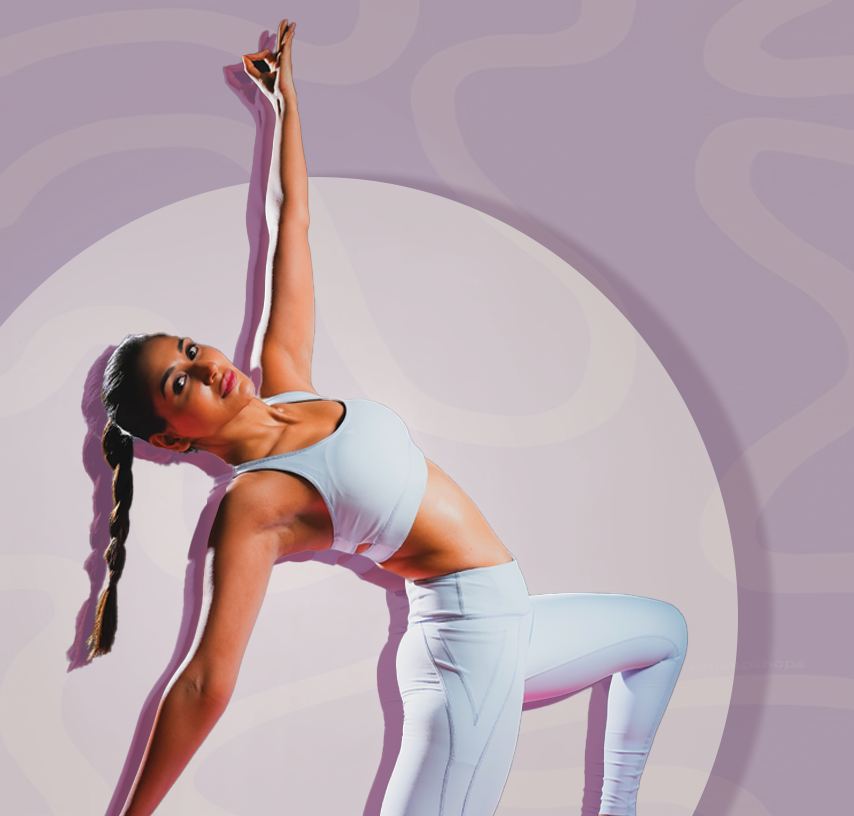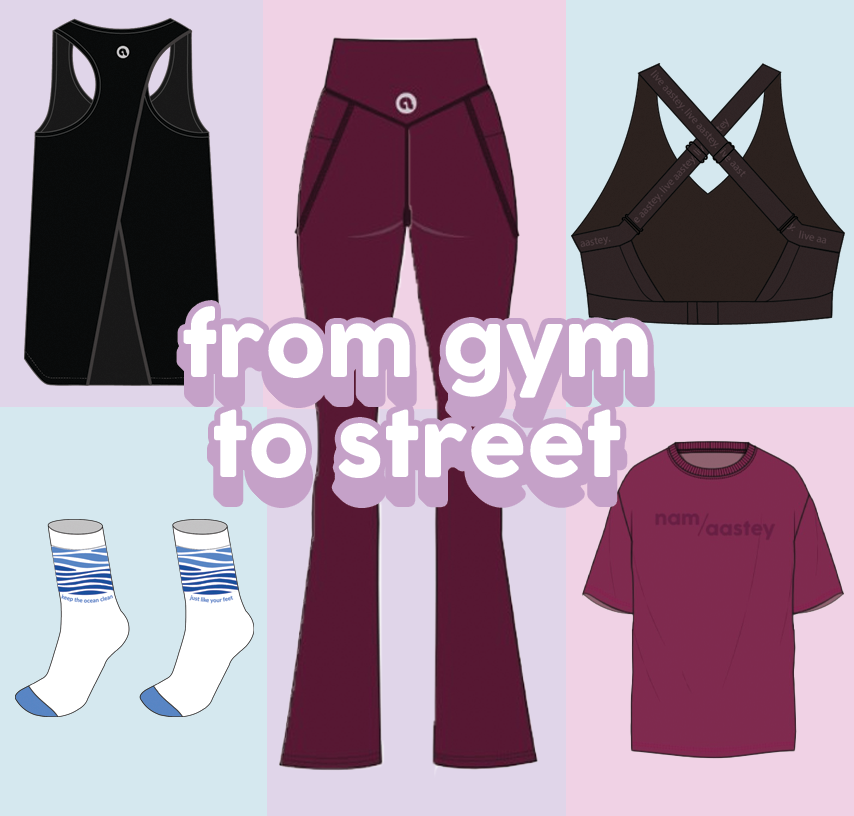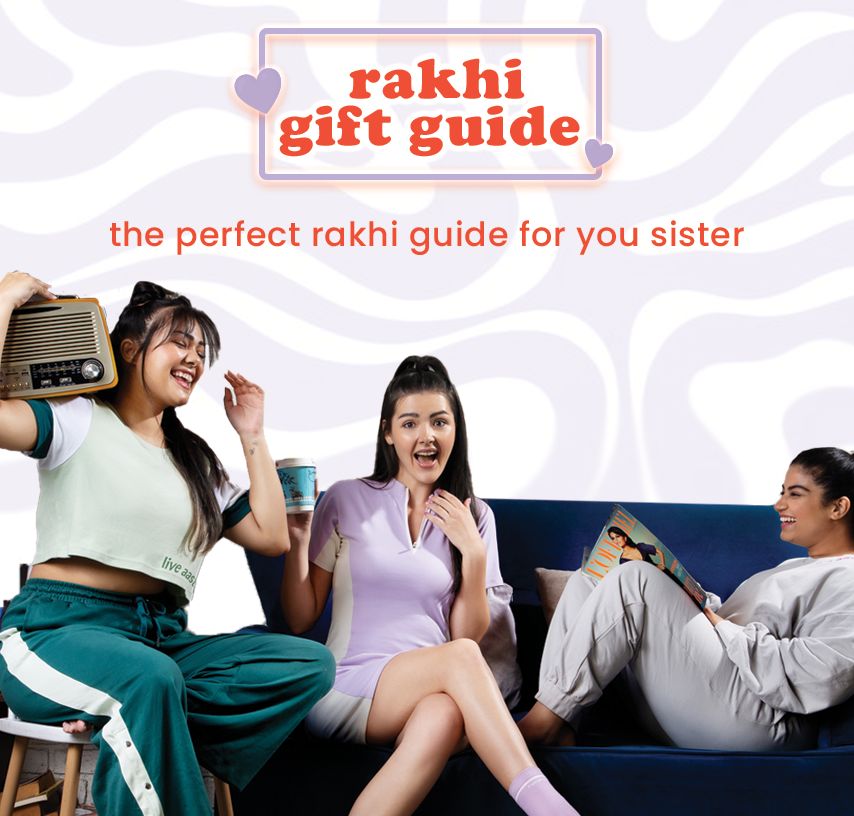The battle between fast fashion vs slow fashion brands has been going on for quite some years now. It is only in recent times that small business firms promoting slow fashion and slow movement have started coming up. They are challenging the ethics and practices of fast fashion brands. Fast fashion, just like fast food, is super quick to produce in bulk and is often cheap. However, they are not so good on mother earth. Slow fashion is the healthier alternative with complex production, more ethical practices and more expensive fashion.
fast fashion aims at producing and selling as many fashion items as possible and in the shortest span of time. mostly, they do not emphasize on human rights or the environment. this is how they make such huge profits. slow fashion, on the other hand, tries to challenge these aspects by producing ethical dresses and fashion fairly. they aim at causing as little environmental damage as possible in their production while also treating and paying their workers fairly. let’s look at them in detail and see what they have to offer.
what is fast fashion?
while talking about fast fashion vs slow fashion, it is important to understand both terms keenly. fast fashion is a type of business model which brings fashion collections to the market in bulk and at a fast pace. these garments are made keeping in mind what is in vogue, what the designers and celebrities are wearing, and the latest trends of course.
fast fashion brands imitate the trends as quickly as possible to produce them at low prices and sell them at a very cheap rate. they practice this to get rid of their stocks as quickly as possible so that the new collection can drop in. they are often criticized for this as they produce garments in such short time periods, putting the workers and environment at stake. because of the ever-changing trends, the number of collections has increased exorbitantly over the years. this has caused drastic environmental effects.
because of their v fast and short production cycles as well as the high-demanding delivery times, the workers are always under huge pressure. fast fashion brands violate labour laws massively for their own profit. what intensifies these problems are price competition and limited scope for negotiation. production companies, with no other choice, have to resort to taking illegal risks in order to save their factories, and customers, and for staying relevant.
pros of fast fashion
as the old adage goes- every coin has two sides- and so does fast fashion. while its practices cause more harm than good, it also comes with some of its own perks that make it so high in demand and trend. let’s see its pros:
- stylish clothes: when it comes to the difference between slow and fast change, the clothes produced by fast fashion brands are often very stylish, eye-catching and trendy. you will want to wear them to parties, pose for your instagram shots, or just have them in your closet to feel good and at the top of your fashion game.
- easy availability: you can find fast fashion brands easily. they are highly available on e-commerce websites and have outlets all across the globe. even small towns and cities are dotted with their presence. you do not have to struggle to look for a “branded” garment as they are just a click or just a lane away!
- low prices: most fast fashion brands offer their garments and other fashion accessories at a very low price. this makes them more accessible to people from all walks of life. be it a businessman or a freshman, a lot of people can afford fashion from these brands.
these are the major benefits of shopping from fast fashion brands and these are what their strengths are. all these brands are very competitive in nature and keep coming up with new collections, exciting offers and sales just to lure more customers in.

cons of fast fashion
by now, you already know that fast fashion brands have a lot more disadvantages than advantages. their list of cons is quite huge but here, we will just focus on some of the key pointers that should make these brands a no-go for you:
- harmful for the environment: as we have discussed already, fast fashion brands use production methods and raw materials that are highly dangerous for the environment. Most of their unsold items go to landfills and cause land pollution as well as water pollution. when you wash these clothes in a washing machine, their fibres get in the drain and flow into the water bodies, polluting them further.
- no fair practices: fast fashion brands only focus on producing high volumes of fashion at the lowest price and shortest time. they exploit their workers as well as their resources. their ethics and morals go down the drain when it comes to making profits and staying ahead of their competitive companies.
- no long-lasting: their items may look attractive and come at cheap prices but that is because they are made with cheap ingredients too. their low quality does not make them last longer and you end up wasting your money on the illusion of buying something very cost-effective.
For a lot of environmentally-conscious people, the cons of fast fashion outweigh its pros and that is why they are moving away from such brands and investing in small, organic slow fashion businesses.
What is slow fashion?
The term ‘slow fashion’ is used for the conscious and sustainable approach to fashion consumption and production. Slow fashion brands use recycled textiles and other environmentally-friendly materials for producing garments. Their pieces are usually of a higher quality and more durable. They focus on practising fair methods in every step of production and selling.
Slow fashion meaning it gives importance to production and materials which are gentle on nature and of high quality. they often use natural fibres like cotton which are biodegradable and do not pollute our water bodies. a lot of slow fashion brands also use closed water systems for reusing the water. this also prevents the colours from getting into and contaminating wastewater.
they usually shorten their supply chain by working with local manufacturers for production. a lot of such manufacturing partners are based out of developed countries and offer a lot better working conditions and even higher salaries to the employees as compared to the factories set up in developing countries.
pros of slow fashion
slow fashion is steadily garnering people’s attention by producing clothing like simple and stylish tank tops, t-shirts etc, because of the growing awareness about the impact that the fashion industry has. reducing carbon footprint, working for the environment while keeping climate change in mind, and treating their workers better are some of the many ways in which slow fashion labels are making a positive change in the world of fashion. here are some of the major benefits they offer:
- long-lasting: as slow fashion garments are made with organic, sustainable materials, they last for years to come. clothing pieces like simple and stylish leggings for women are very durable and can withstand frequent washes too. you can invest in one piece and wear it for even a decade!
- sustainable: their items are sustainable and cause minimal exploitation of the environment. as they are not produced in bulk and in every fortnight, they are a blessing for our land, water and air for sure.
- high quality: what makes these garments last long is the high quality of materials used in their production. as these brands aim at slowing consumption rate, they ensure to use high standard materials to create items that justify their slightly steep price points.
- such as sports bras for woman which have a high consumption rate among womens because they get easily lose if they are not made with high quality materials.
- fair production: from good working conditions and high salaries to making environmentally conscious decisions, slow fashion brands try to be as fair and transparent with their production as possible.
if you care about the environment and also do not want to spend money on things produced in bulk, slow fashion is for you. every piece is unique and is a step towards making a positive impact.

cons of slow fashion
keeping all the advantages of slow fashion aside, we must also talk about the few challenges that it comes with. here are some cons that you must know about:
- high prices: as slow fashion brands use ethical modes of production and practices, their fashion pieces are often priced at a higher rate as compared to fast fashion brands.
- less variety: often, they do not keep up with the trends and their pieces may not appeal to a lot of people who always want to buy what is trendy and popular.
- slightly difficult accessibility: a lot of slow fashion brands are small, homegrown businesses with limited shipping options. many of them do not have outlets either. customers need to buy from their websites or instagram pages. this makes their accessibility a little difficult.
these are some of the drawbacks of slow fashion brands that they must work towards and overcome. to make a bigger impact, they should be able to compete with the fast fashion brands when it comes to availability, variety and price range.
fast fashion vs slow fashion: key differences
|
fast fashion |
slow fashion |
|
|
scope of the fashion industry |
turnover of $1.44 trillion dollars yearly. |
these are small business firms. |
|
raw materials used |
usually, fast fashion brands use petroleum-based materials. |
slow fashion brands use bio-degradable, locally-sourced, organic natural materials and natural dyes. their raw materials also use upcycled, repurposed, recycled products. |
|
manufacturing process |
they cause a lot of environmental implications in their process of manufacturing. |
they use less harmful ingredients in their manufacturing process. |
|
protocols involved |
they use unethical and modern methods. |
they involve conventional methods which cause less harm to our environment. |
|
production |
they keep producing new styles frequently and get into mass production for launching new pieces every season and every two weeks. |
they employ traditional and eco-friendly methods of production. their items are usually low in volume, handmade, and available in very limited quantities. a lot of these brands also have made-to-order items. |
|
presence of toxins |
their materials have huge quantities of carcinogens present in them. |
their items are usually made of organic materials that are also safe and eco-friendly. |
|
quality and cost |
their items are low in quality and low in prices usually. |
their items are expensive but last for a very long time. |
|
labour |
they set up a lot of workshops and factories where workers are employed at very low wages. They have long working hours and poor working conditions. |
generally, slow fashion brands employ people from the local areas or nearby regions. they serve as an ethical means of livelihood to them. |
|
ethics/morale |
the standards of their working place and working conditions are extremely low. |
They have small industries offering fair wages and with good profits. |
|
sustainability |
As these brands involve a lot of chemicals in their production, sustainability is not an option for them. |
They make items of high quality in small batches. They usually try to live and work with nature while protecting it. |
to put it all in a nutshell, while fast fashion can impress you with its inexpensive prices and stylish look, you must not overlook the immense damage these brands cause to our environment and also their modes of production, working conditions, and materials they use in making their garments. Therefore, for mitigating climate change while making fashion fairer, shopping from slow fashion brands is the only way out.
brands like aastey which use recycled fabrics, care about the environment and work with it instead of against it are the brands you should vouch for. Their timeless pieces like ethically produced yoga mats, gym wear, candles, etc. are a treat to the eyes and very unique as they are not produced in bulk. Such slow fashion brands that use upcycled materials and fair practices are the future of the garment industry and they deserve all the attention and investment for sure.

